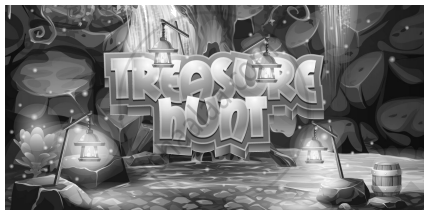Advertisements
Advertisements
प्रश्न
Find the first terms and common difference of an A.P. whose t8 = 3 and t12 = 52.
उत्तर
For an A.P., let a be the first term and d be the common difference.
t8 = 3 and t12 = 52 ......[Given]
Since tn = a + (n – 1)d,
t8 = a + (8 – 1)d
∴ 3 = a + 7d
i.e., a + 7d = 3 ......(i)
Also, t12 = 52
∴ a + (12 – 1)d = 52
∴ a + 11d = 52 ......(ii)
Subtracting equation (i) from (ii), we get
a + 11d = 52
a + 7d = 3
– – –
4d = 49
∴ d = `49/4`
Substituting d = `49/4` in equation (i), we get
`"a" + 7(49/4)` = 3
∴ `"a" + 343/4` = 3
∴ a = `3 - 343/4`
= `(-331)/4`
∴ The first term and common difference of A.P. are `(-331)/4` and `49/4` respectively.
संबंधित प्रश्न
For what value of k will k + 9, 2k – 1 and 2k + 7 are the consecutive terms of an A.P?
The 10th term of an A.P. is 52 and 16th term is 82. Find the 32nd term and the general term
Following are APs or not? If they form an A.P. find the common difference d and write three more terms:
0.2, 0.22, 0.222, 0.2222 ….
For the following arithmetic progressions write the first term a and the common difference d:
0.3, 0.55, 0.80, 1.05, ...
Write the arithmetic progressions write the first term a and common difference d is as follows:
a = -1.5, d = -0.5
Find the common difference and write the next four terms of each of the following arithmetic progressions:
`-1, 1/4, 3/2 .....`
Write the sequence with nth term an = 6 − n
Which of the following sequences are arithmetic progressions? For those which are arithmetic progressions, find out the common difference.
3, 3, 3, 3, .....
Which of the following sequences are arithmetic progressions? For those which are arithmetic progressions, find out the common difference.
p, p + 90, p + 180 p + 270, ... where p = (999)999
How many terms are there in the A.P.?
7, 10, 13, ... 43.
In an A.P., if the 12th term is −13 and the sum of its first four terms is 24, find the sum of its first ten terms ?
Check whether the following sequence is in A.P.
`1/2, 1/3, 1/4, 1/5, ...`
First term a and common difference d are given below. Find the corresponding A.P.
a = 5, d = 6
If a, b, c, d, e are in A.P., then the value of a - 4b + 6c - 4d + e is ______.
If p, q, r are in AP, then p3 + r3 - 8q3 is equal to ______.
Justify whether it is true to say that `-1, - 3/2, -2, 5/2,...` forms an AP as a2 – a1 = a3 – a2.
The angles of a triangle are in AP. The greatest angle is twice the least. Find all the angles of the triangle.
If the nth terms of the two APs: 9, 7, 5,... and 24, 21, 18,... are the same, find the value of n. Also find that term.
The sum of the squares of five consecutive natural numbers is 1455. Find the numbers.
| Treasure Hunt is an exciting and adventurous game where participants follow a series of clues/numbers/maps to discover hidden treasure. Players engage in a thrilling quest, solving puzzles and riddles to unveil the location of the coveted prize. While playing a treasure hunt game, some clues (numbers) are hidden in various spots collectively forming an A.P. If the number on the nth spot is 20 + 4n, then answer the following questions to help the players in spotting the clues: |

- Which number is on first spot? 1
- Which spot is numbered as 112? 2
OR - What is the sum of all the numbers on the first 10 spots? 2
- Which spot is numbered as 112? 2
- Which number is on the (n – 2)th spot? 1
